Lucas 2 and Lucas 3 Chest Compression System

Increase your power for advanced resuscitation
Deliver high-performance, continuous chest compressions with less strain, micromanagement, and risk for the caregiver.
The LUCAS chest compression system, provides benefits both to the cardiac arrest patient and the resuscitation team.
It has been proven to improve the quality of CPR in ongoing and prolonged CPR procedures.
The LUCAS device extends the reach of care by maintaining chest compressions during transport to advanced lifesaving therapies, including ECMO or PCI in the cath lab. It can improve provider safety, avoiding fatigue over long durations and reducing transport risks by allowing caregivers to sit belted.
And it can increase the efficiency of caregiving teams, calming the scene and providing an extra pair of hands so you can focus on the patient and underlying conditions.
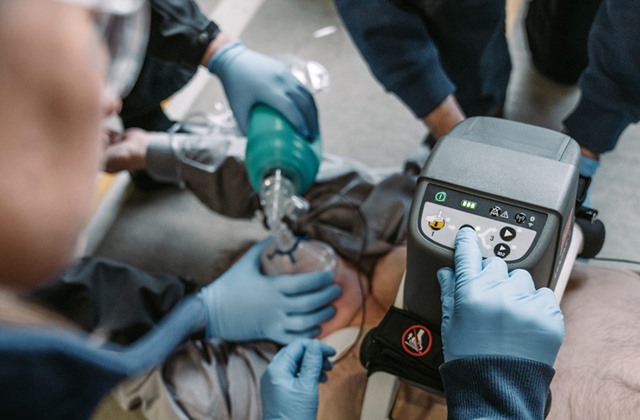

Improve CPR quality
Overcome caregiver fatigue, individual variations in CPR quality, and awkward positions while providing chest compressions by using automated, guidelines-consistent CPR. The LUCAS device provides consistent and high-quality chest compressions shown by research to increase the chances of good patient outcomes.
The LUCAS device has demonstrated to increase blood flow to the brain and achieve higher EtCO2 values compared to manual compressions.
Wherever CPR Is Needed
Deliver consistent chest compressions for the duration needed to give difficult patients access to advanced lifesaving therapies.
The LUCAS device helps to bring interventions such as ECMO/ECPR within reach for patients who don’t respond to CPR and defibrillation alone. Plus, it can be used during angiography and PCI in the cath lab, allowing for potential lifesaving intervention.
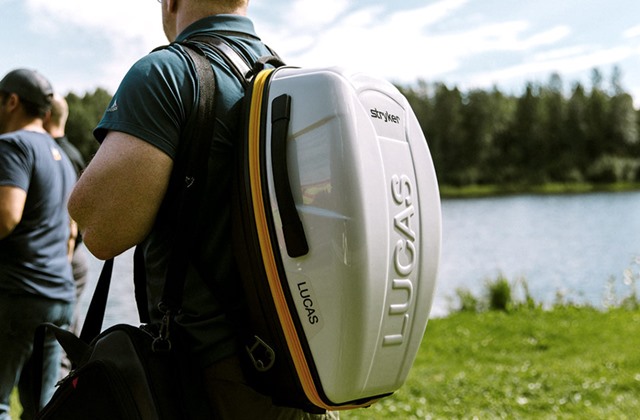
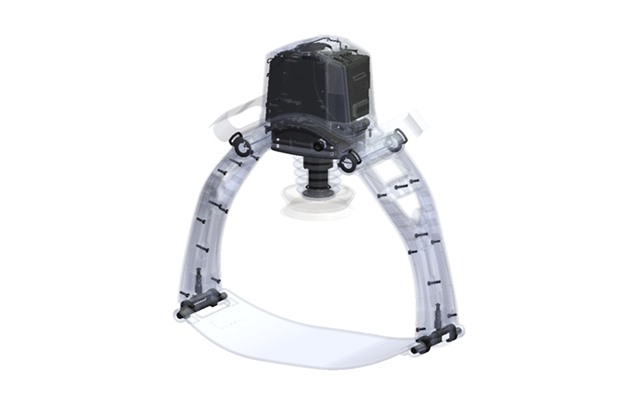
Keep your team safe
Manual CPR involves risks to caregivers particularly during patient transport and during interventions in the cath lab.
The LUCAS reduces these risks by facilitating safer transports, reducing x-ray exposure of the CPR provider during PCI, and lessening body strain and awkward work positions while delivering high-quality chest compressions, regardless of treatment surface or movement requirements.
Enhance team efficiency
Calm chaotic scenes and enable caregivers to focus their skills and judgment where they matter most.
When you rely on LUCAS to handle proper chest compressions, you can focus on other life-saving tasks and speed diagnosis and treatment of underlying conditions.

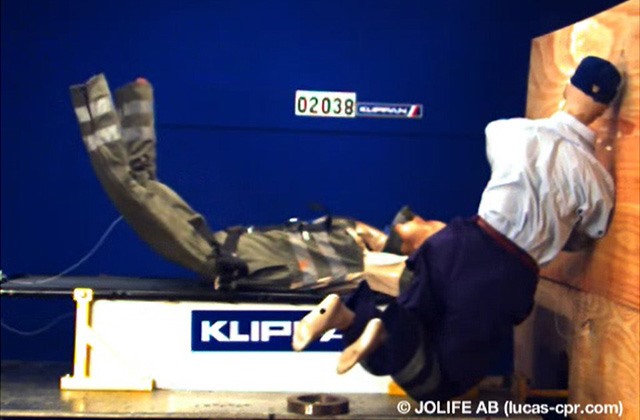
With LUCAS™, chest compressions do not have to be a compromise between rescuer safety and compression efficacy
Some cardiac arrest patients will require CPR during transportation in an ambulance. However, it is well known that providing CPR in a moving ambulance is not only close to impossible to do effectively or without frequent interruptions, it also puts the CPR provider’s safety at risk. Lifesaving becomes a compromise on rescuer safety as well as critical patient care.
With LUCAS, rescuers can sit safely belted while LUCAS performs guidelines-consistent and effective chest compressions with a minimum of interruptions. This increases the chances for good patient outcomes and improves the safety of rescuers.
LUCAS™2 is tested safe in >10g crash test
LUCAS™2 has been tested safe in a crash test performed by an independent company. LUCAS was found to be safe for personnel and patient at 10g and 16g deceleration tests
- The crash test was done with LUCAS™2 at Klippan Safety, an independent company performing crash tests. Klippan Safety also perform truck safety tests for major truck manufacturers.
- A 74 kg / 163 pounds crash test manikin (type hybride 2), the same type of manikin used for testing of car safety belts, was used.
- The manikin was strapped according to
ambulance praxis on a stretcher. The stretcher was fixed to the crash sled.
- LUCAS was applied on the manikin with the Stabilization Strap attached, and tested with and without hands strapped to the device (no difference in results)
Deceleration forces of 10 g, as in accordance with
European Ambulance Standard EN 1789, and up to 16 g were tested.
LUCAS was found safe.
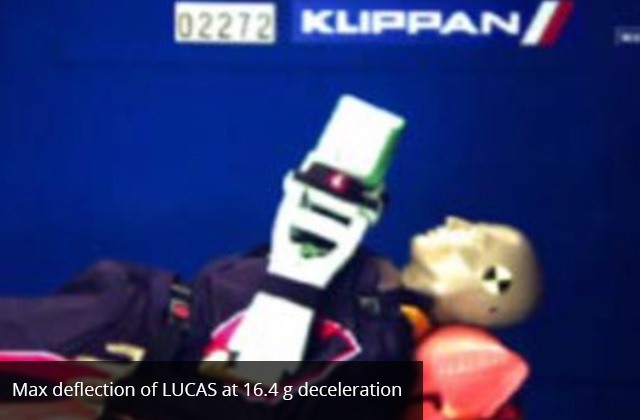
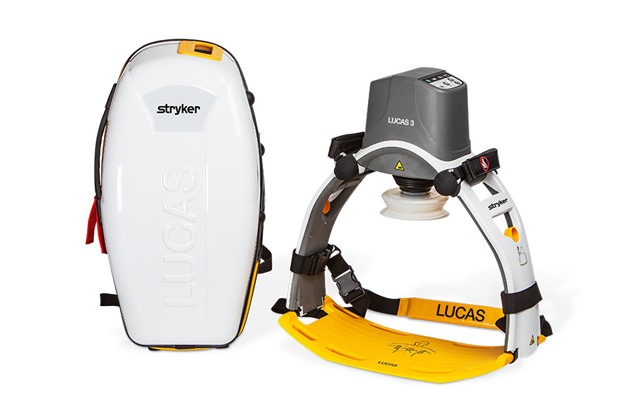
Specifically with LUCAS 3;
- Make the review of QI / QA documents faster and easier with post-incident reports sent by email
- Wirelessly connect to the LIFENET System
- Easily access LUCAS data, increase productivity with post-processing examinations.
- Integrate with CODE-STAT 11 data analysis software.
General Features
- Deploy easily and quickly
- Low-profile back plate for fast, smooth patient application
- Spacious support structure accommodates larger patients
- A median of only 7 seconds of interruption demonstrated when transitioning from manual to mechanical CPR in clinical use
- Straps secure patient arms and device during transport
- Configure to your protocols within guidelines
- Configure compression rate, depth, and alerts to your protocols via LIFENET connectivity
- Adjustable ventilation alerts, pause length and count
- Timer to remind rhythm and pulse checks
- Set auto-lowering and pressure pad parameters to your preferences
- Easy to store and carry
- Battery operation lets the LUCAS go anywhere
- Lightweight and compact carrying case includes a window for quick battery checks
- External power supply enables prolonged operation and charging
- Easy to clean, with disposable suction cup on compression piston
- Active decompression, high perfusion
- Owing to the patented "Suction Cup", it creates negative pressure on the chest and allows the heart to be systolic by allowing the chest to return to its previous state after each pressure.
- Owing to the active decompression process with the Suction Cup, it provides more cerebral and coronary perfusion compared to manual compressions.
 You can find the product catalog of the State Supply Office here.
You can find the product catalog of the State Supply Office here.
Video Gallery